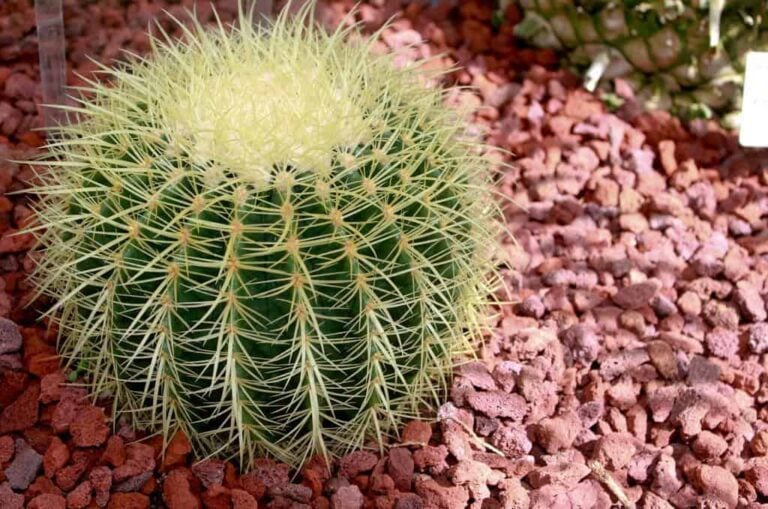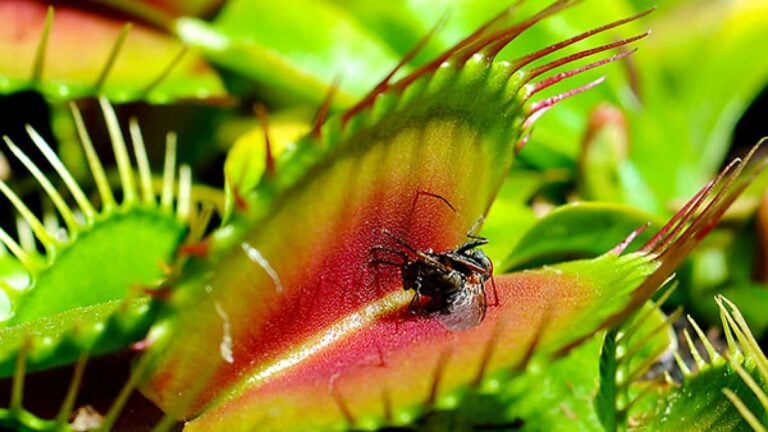Attract Birds and Bees Alike with Pentas
If you’re looking for a colorful plant that attracts bees, butterflies and hummingbirds to the garden, grow pentas. Pentas are tender perennials that are hardy in zones 10 and 11. Most other gardeners grow the plants are annuals. As long as they get full sun, a decent amount of water and some food, pentas are a relatively low-maintenance plant. With the right conditions, they can also be successfully grown as a houseplant.
Varieties of Pentas
With its colorful, five-petaled flowers, pentas is known for being a show-stopper in the garden. You can find a variety of pentas plants for sale at a garden center or online. Whether you choose several plants of the same variety or a number of different ones depends on whether you want to use all of the same color in the garden or have a rainbow of hues.
Take a look at some of your pentas plants options:
- Starcluster Red. Starcluster varieties of pentas have larger, more nectar-rich flowers than other types. That makes them an ideal option if you want to attract plenty of butterflies or hummingbirds to your garden. The plants also put up with hot and humid conditions in the summer and will continue to bloom through the fall, without deadheading. Starcluster red varieties have bright red flowers and dark green leaves.
- Honeycluster Pink. Honeycluster varieties are similar to starcluster, as they have larger flowers that attract pollinators such as butterflies. The plants can handle humid and hot conditions as well. Honeycluster pink has pale pink petals and usually can grow to a height of 18 inches.
- Starla Red. Starla red varieties have daintier, red flowers. It still attracts hummingbirds to the garden and can tolerate high heat and humidity.
- Graffiti Violet. Graffiti varieties of pentas are much more compact than others. Graffiti violet can reach up to a foot in height and has bright purple leaves. It will bloom from spring to fall and is known for being one of the most heat-tolerant pentas variety.
- Falling Star Rose. While most varieties of pentas are upright, falling star is a trailing variety that grows up to a foot high and two feet wide. Falling star rose has bright pink flowers and is a good pick for growing in a container.
Care for Pentas in the Garden
Pentas are usually grown as annuals, although they are tender perennials. The plants are only hardy in zones 10 and 11, according to the Missouri Botanical Garden. Pentas is a particularly ideal plant for areas with hot, hot summers, as it can tolerate high heat and will keep on blooming.
https://youtu.be/svjcm_ASzOA
The video above from Expert Village gives you a few basic care tips for growing pentas in your garden. He also provides ideas for arranging the colorful plants in a garden.
Starting Pentas
You can start pentas from seed or seedlings. Starting from existing plants is often easiest, but you might be able to get a bigger selection of varieties if you start from seed.
If you are going to grow from seed, plant them indoors at least eight weeks before the last frost in your area. Plant the seeds in a seed-startig mix or other type of container soil, twice as deep as the width of the seed. Water the mix to moisten it.
As the seedlings begin to emerge, place them in an area that gets full sunlight daily. You may have to set the seedlings under a grow light to make sure they get ample sun.
Wait until well after the danger of frost has passed before planting pentas outdoors in the garden. Pentas does best in temperatures above 65 degrees.
Pentas Needs
Like all plants, pentas needs light, water and food to survive. Pentas really loves the sun. Choose a spot in your garden that gets at least 6 hours of direct sunlight daily. An area that gets up to 8 hours of daily, full sun is preferable. The plant will survive in areas that are partly shaded, but the number of blooms its produces will be diminished.
Ideally, the soil in your garden will be fertile, rich and well draining. Although pentas can deal with a bit of humidity, it doesn’t want to live in soggy, wet soil. If puddles of water form on the soil when you water it or if the soil retains lots lof water, add a bit of sand to it to break it up.
Water pentas often after you first plant it. The University of Florida recommends easing up on water after the plant is established. Once it’s started blooming, only water it when there isn’t enough rainfall or if the soil looks particuarly dry. Adding a layer of mulch to the soil will help you cut down on the need to water.
You have a few options when it comes to feeding pentas. You can add a slow-release fertilizer to the soil when you plant in the spring, according to Gardening Know How. Another option is to feed the plant every six weeks while it’s actively growing with a balanced, diluted fertilizer.
Pentas Indoors
Although pentas does best when grown outside in full sun, some gardeners might be able to successfully grow the plant as a houseplant.
You’ll need a few things to ensure that your pentas thrives inside. One is a room that gets plenty of sunlight. A room with a lot of south-facing windows is ideal. The other thing you’ll need is high humidity. Pentas won’t thrive if the indoor air is crisp and dry. If you have a greenhouse or a Florida room with lots of windows, putting the plant in there can be ideal.
If you live in a zone that is colder than zone 10, you can try to dig up your pentas before the first frost in your area and bring it inside to overwinter. Pentas can survive the winter indoors as long as they have bright light, warm air temperatures and some humidity. Avoiding keeping your plant in a cold, drafty room, as it won’t make it through the winter there.
Photo by Brent_Hondow licensed under CC0


